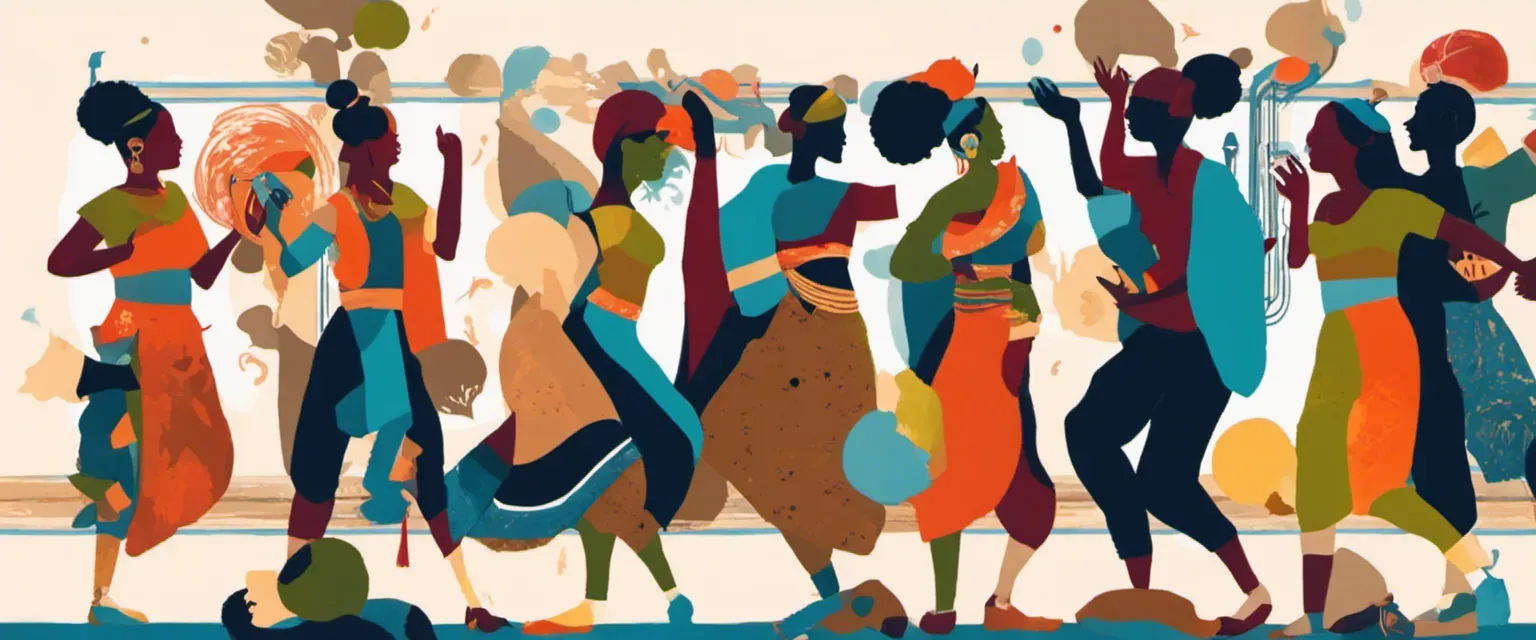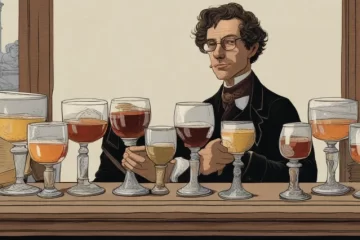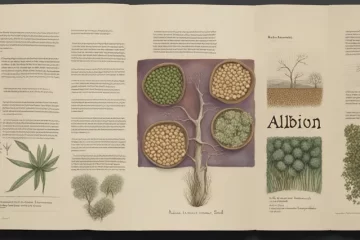Jerusalem’s Local Culture: The Biography

When exploring a city’s local culture, few places possess a history as rich and complex as Jerusalem. The ancient city, with its layers of civilizations, religious significance, and diverse communities, captivates the imagination of both locals and visitors alike. In his groundbreaking book “Jerusalem: The Biography,” acclaimed historian Simon Montefiore delves deep into the heart of this extraordinary city, unraveling the stories and secrets that have shaped its unique culture. As we venture through the pages of Montefiore’s masterpiece, we embark on an immersive journey, uncovering the hidden gems and intricacies that make Jerusalem’s local culture an unparalleled tapestry of humanity.
What is Local Culture
Local culture refers to the unique customs, traditions, beliefs, values, languages, arts, cuisines, and practices that are distinct to a particular group of people living in a specific geographical area. It encompasses the collective identity and way of life of a community or society, reflecting their history, environment, and social interactions.
A key aspect of local culture is its connection to a specific place or region. It is shaped by the geographical location, climate, natural resources, and history of the area. For example, in coastal regions, the local culture may include fishing traditions and seafood cuisine, while in mountainous regions, it may include crafts and festivals related to local flora and fauna. The physical environment often influences the traditional practices, arts, architecture, and even dialects of the community.
Local culture is passed down from generation to generation, reinforced through social institutions such as families, schools, religious institutions, and community organizations. These institutions play a vital role in teaching and preserving cultural practices, moral values, and social norms. Language, in particular, is a significant component of local culture, as it not only enables communication but also encapsulates the collective history, traditions, and beliefs of a community.
Cultural practices and celebrations are an integral part of local culture. Festivals, ceremonies, music, dance, theater, and literature are expressions of the community’s values and beliefs. They serve as a means of celebration, entertainment, education, and expression of identity. These cultural events provide opportunities for community members to come together, strengthen social bonds, and transmit cultural traditions to future generations.
Local culture also shapes the economic activities of a community. Traditional crafts, agricultural practices, and food production techniques are often deeply intertwined with the customs and way of life of the local people. These unique products and skills may have cultural significance and value, attracting tourists and contributing to the local economy.
However, local cultures are not static entities. They are constantly evolving and adapting to changing circumstances, influenced by factors such as globalization, migration, technology, and urbanization. While some aspects of local culture may be preserved and cherished, others may be gradually lost or modified as societies experience social, economic, and political transformations.
In conclusion, local culture encompasses the customs, practices, traditions, and values that are specific to a particular geographic area. It serves as the foundation of a community’s identity and way of life, expressing their collective history, beliefs, and practices. Local cultures are shaped by the environment, social interactions, and historical factors and are transmitted through generations. They play a crucial role in fostering social cohesion, promoting diversity, and enriching the human experience.
Why is Local Culture Important to Us
Local culture is important to us for several reasons:
1. Identity and Belonging: Local culture forms an integral part of our identity. It reflects our history, traditions, values, beliefs, and customs. By understanding and appreciating our local culture, we develop a sense of belonging and attachment to our community. It helps us feel connected to the place we call home and builds a shared sense of pride and unity among its residents.
2. Preservation of Heritage: Local culture ensures the preservation of our heritage. It helps us keep alive the knowledge and practices that have been passed down from previous generations. By valuing and protecting our local culture, we prevent it from being lost or diluted by globalization, modernization, or external influences. This allows us to maintain a link with our ancestors and ensure that future generations can also benefit from the richness of our cultural heritage.
3. Cultural Diversity: Local culture contributes to the diversity of the global cultural landscape. Each community has its own unique customs, rituals, art forms, music, dance, cuisine, and language. By preserving and celebrating local culture, we enrich the global cultural mosaic. It adds depth and variety to human experiences, fosters tolerance, and promotes understanding among different communities. It allows us to appreciate the beauty and uniqueness of each culture and promotes cultural exchange and dialogue.
4. Economic and Touristic Value: Local culture can have economic benefits for a region. It can attract tourists, boost local businesses, and create employment opportunities. Tourists often seek authentic cultural experiences and are drawn to destinations that offer a rich and vibrant local culture. This can lead to the development of cultural tourism, where visitors can engage with the local community, participate in traditional activities, support local artisans, and contribute to the local economy.
5. Sense of Continuity and Adaptation: Local culture provides a sense of continuity, even in a rapidly changing world. It gives us a framework to understand ourselves and others, helping us navigate through the complexities of modern life. Local culture also has the flexibility to adapt and evolve over time, incorporating new influences while maintaining its core values and traditions. This adaptation helps communities grow and thrive in a changing global context while preserving their distinct identities.
In summary, local culture is important to us because it shapes our identity, preserves our heritage, promotes cultural diversity, has economic value, and provides a sense of continuity and adaptation in the face of societal changes.
Unlocking Local Culture from Jerusalem: The Biography

Jerusalem: The Biography Introduction
Jerusalem: The Biography” by Simon Montefiore is a rich and comprehensive exploration of the fascinating history of Jerusalem, one of the most significant cities in the world. Montefiore takes readers on a journey through over 3,000 years of Jerusalem’s existence, from its ancient roots to the modern era, presenting a vivid account of the city’s religious, political, and cultural significance.
The book begins with the city’s early history, delving into the biblical stories and legends associated with Jerusalem, and its establishment as the capital of the Davidic Kingdom. Montefiore then unravels the tumultuous episodes of conquest and destruction, as Jerusalem witnesses the rise and fall of empires including the Babylonians, Persians, Greeks, Romans, Muslims, Crusaders, Ottomans, and the British.
Montefiore sheds light on the religious significance of Jerusalem, tracing the origins of Judaism, Christianity, and Islam, and detailing the intense struggles and clashes between these faiths for control over the sacred city. He also explores the lives and motivations of the key figures who shaped Jerusalem’s history, including kings, emperors, conquerors, religious leaders, and political figures.
The book delves into the intricate web of conflicts that have plagued Jerusalem, from the brutal destruction of the city by the Roman Empire to the Crusades, the Arab-Israeli conflict, and the ongoing complexities surrounding the Israeli-Palestinian struggle. Montefiore offers a nuanced perspective, presenting multiple viewpoints and historical contexts, while also highlighting the city’s unique ability to endure and adapt.
“Jerusalem: The Biography” not only explores the religious and political aspects of the city but also captures the daily lives of its diverse inhabitants throughout history. Montefiore enthusiastically recounts stories of ordinary people who lived in Jerusalem, showcasing the vibrant tapestry of cultures, traditions, and communities that have coexisted within the city’s walls.
Overall, the book presents a masterful blend of meticulous research, compelling narrative, and personal anecdotes, providing readers with a comprehensive understanding of Jerusalem’s dynamic past and its enduring allure. It serves as an essential resource for anyone seeking a deeper appreciation of the city’s history and its significance in shaping the world we live in today.
Local Culture Methods
In the book “Jerusalem: The Biography” by Simon Montefiore, the author explores various aspects of the local culture in Jerusalem throughout history. Some of the local culture methods mentioned in the book include:
1. Religious Traditions: Jerusalem is considered sacred by multiple religions, including Judaism, Christianity, and Islam. The book delves into the customs, rituals, and practices associated with these religions in Jerusalem, highlighting their influence on the local culture.
2. Multiculturalism: Jerusalem has a long history of diverse cultural influences due to its strategic location at the crossroads of different civilizations. Montefiore discusses the interaction and coexistence of various cultures and religions, such as the Arab, Armenian, Jewish, and Crusader communities, and how they shaped the city’s culture.
3. Architectural Heritage: The book explores the architectural legacy of Jerusalem, including the iconic structures like the Dome of the Rock, the Western Wall, the Church of the Holy Sepulchre, and various other religious sites. Montefiore delves into the construction, symbolism, and historical significance of these structures, reflecting the cultural values associated with them.
4. Literature and Poetry: The literary traditions of Jerusalem are also highlighted in the book. Montefiore uncovers the works of poets and writers who lived and celebrated the city in their verses, capturing the emotional and cultural connections Jerusalem has inspired throughout centuries.
5. Culinary Traditions: The local cuisine of Jerusalem is depicted in the book, showcasing the variety of dishes, ingredients, and cooking techniques that have developed over time. Montefiore explores the influences of different cultures and their culinary contributions to the city’s gastronomy.
6. Festivals and Celebrations: The book touches upon the various religious and cultural festivals celebrated in Jerusalem, such as Jewish holidays like Passover and Yom Kippur, Christian celebrations like Easter, and Muslim observances during Ramadan. It explores the customs, traditions, and significance of these events in the local culture.
These are just some of the local culture methods covered in “Jerusalem: The Biography.” The book provides a comprehensive exploration of Jerusalem’s rich cultural heritage and the myriad ways in which it has shaped the city’s identity.
Jerusalem: The Biography Quotes
Jerusalem: The Biography quotes as follows:
1. “Jerusalem is the universal city, the capital of two peoples, the shrine of three faiths. It is the prize of empires, the site of Judgement Day and the battlefield of today’s clash of civilizations.”
2. “Jerusalem is a city of walls and whispers, a byword for war and peace, conflict and coexistence.”
3. “Jerusalem is a city of eternal paradoxes, where beauty and sanctity dance ceaselessly with destruction and bloodshed.”
4. “Jerusalem is a city with a thousand faces, where the past and present, the sacred and profane, the divine and earthly, all coexist in a dizzying harmony.”
5. “Jerusalem is a city that has witnessed the rise and fall of empires, the birth and death of civilizations, and the triumphs and tragedies of countless generations.”
6. “Jerusalem is a city that has been fought over, conquered, and rebuilt more times than we can count, yet it still retains its aura of magic and holiness.”
7. “From the hills of Mount Zion to the streets of the Old City, Jerusalem’s stones whisper tales of kings and prophets, warriors and scholars, saints and sinners.”
8. “Jerusalem is a city where faith is a battleground, where devout believers of different religions clash and coexist, united in their love for a sacred land.”
9. “In Jerusalem, every stone has a story to tell, every alleyway echoes with the footsteps of history.”
10. “Jerusalem is more than just a physical place; it is an idea, a symbol, a dream that has captured the hearts and minds of countless people throughout the ages.”

More Books About Local Culture
1. Natasha’s Dance: A Cultural History of Russia” by Orlando Figes
In this captivating book, Orlando Figes takes readers on a mesmerizing journey through the rich and complex history of Russia. Delving into the country’s literature, music, art, and beliefs, Figes provides a deep understanding of the Russian soul and its influence on the nation’s culture. With vivid descriptions and insightful analysis, “Natasha’s Dance” paints a vivid picture of Russia’s local culture, making it a must-read for anyone interested in the country’s artistic and intellectual heritage.
2. The Rape of Nanking: The Forgotten Holocaust of World War II” by Iris Shun-Ru Chang
Iris Shun-Ru Chang’s powerful narrative sheds light on the horrifying events that took place during the infamous Nanking Massacre of 1937. By exploring the local culture and history of China’s former capital, Chang provides valuable insights into the city’s unique heritage, shattered by Japanese occupation. This gripping account not only confronts readers with the brutal reality of war but also serves as a poignant tribute to the resilience of the Chinese people and their search for justice and healing.
3. Triumph of the City: How Our Greatest Invention Makes Us Richer, Smarter, Greener, Healthier, and Happier” by Edward L. Glaeser
Edward Glaeser’s book explores the profound impact that urbanization has on local culture and societal development. Through a compelling blend of historical examples and contemporary case studies, Glaeser highlights how cities shape our lives, values, creativity, and economic growth. By examining the unique cultural dynamics within cities, “Triumph of the City” provides an enlightening exploration of the diverse tapestries that thrive within urban environments.
4. “Tokyo Vice: An American Reporter on the Police Beat in Japan” by Jake Adelstein
Jake Adelstein, a former crime reporter for a major Japanese newspaper, offers an inside look at Tokyo’s gritty underbelly in this fascinating memoir. Adelstein delves into the city’s frenetic nightlife, ties to the yakuza (Japanese organized crime), and cultural quirks that shape the urban landscape. Through a mix of personal experiences, investigative reporting, and cultural analysis, “Tokyo Vice” provides a unique perspective on Japan’s enigmatic local culture and the realities beneath its polished exterior.
5. The Power of Now: A Guide to Spiritual Enlightenment” by Eckhart Tolle
In this spiritual masterpiece, Eckhart Tolle explores the power of the present moment and the transformative impact it can have on our lives. Although not strictly about a specific local culture, “The Power of Now” traverses cultural boundaries, inviting readers to look beyond their traditional perspectives and embrace a deeper understanding of universal consciousness. By focusing on the essence of being, Tolle invites readers to tap into a timeless realm that unites individuals from all walks of life and cultural



0 Comments